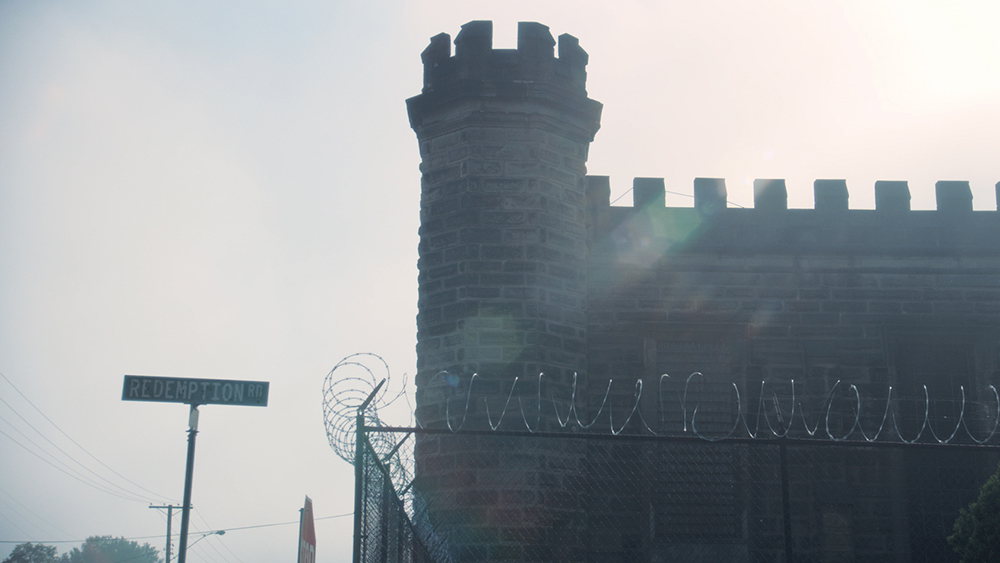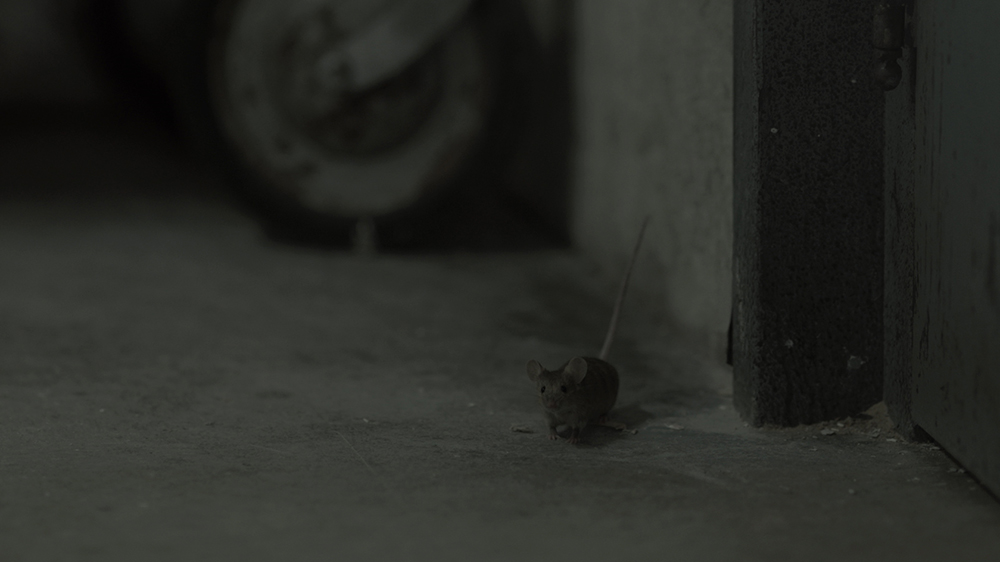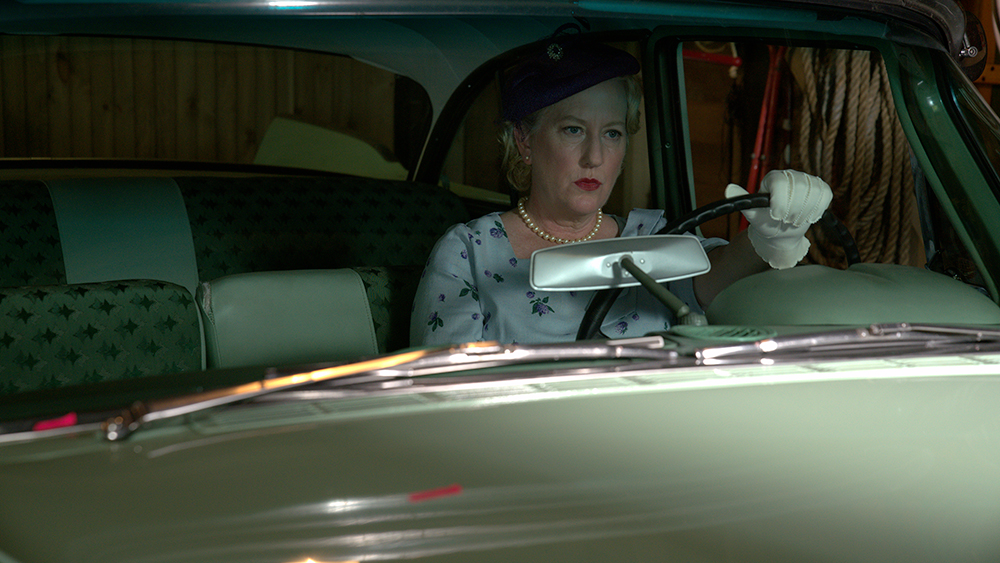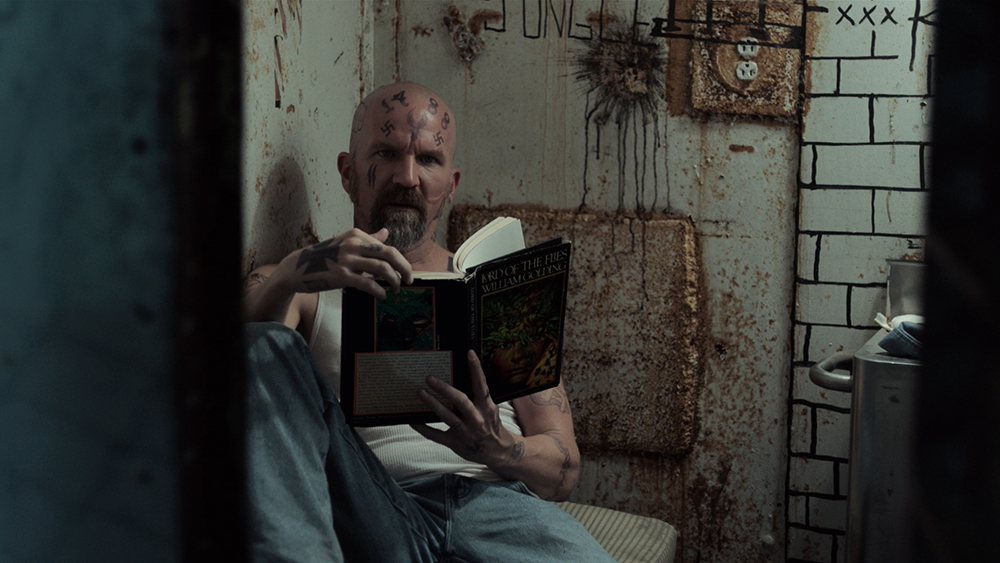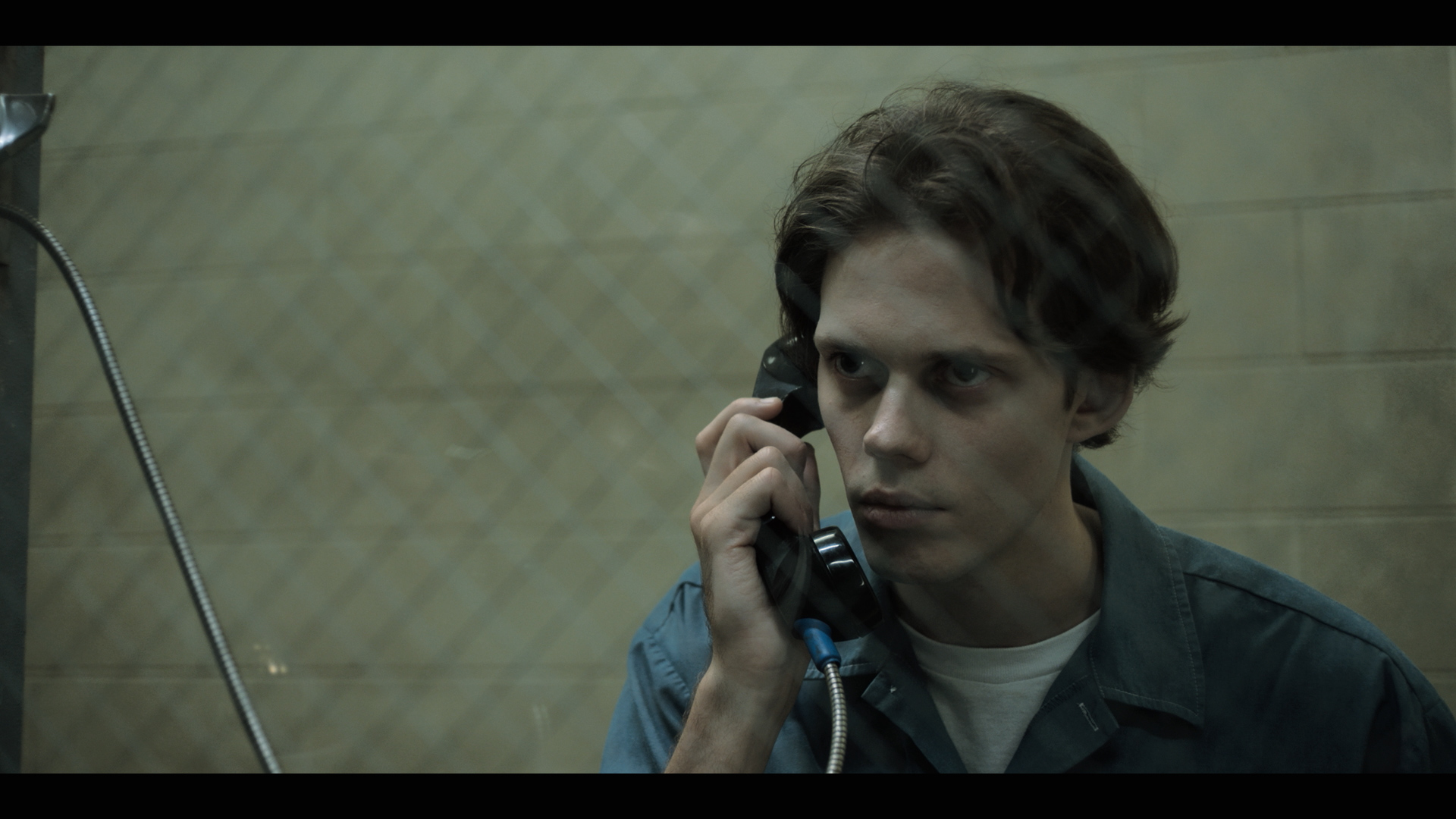‘Castle Rock’ Bosses Break Down the Key Stephen King Moments
By Danielle Turchiano
LOS ANGELES (Variety.com) – SPOILER ALERT:
Do not read if you have not yet watched the first three episodes of “Castle Rock,” which launched on Hulu July 25.
Sam Shaw and Dustin Thomason’s “,” based on the universe of Stephen King, comes chock full of visual and character references to the prolific author’s library. But they wanted the series to be able to stand on its own, regardless of whether a viewer has a wealth of knowledge about King.
“We were really careful and thoughtful about roping in references and characters and landmarks and ideas in a way that would feel organic to the story we were telling this season,” Shaw tells Variety. “[We didn’t want to] give the audience the Sunday newspaper word jumble of randomized Stephen King deep cuts.”
Both long-time fans of King, Shaw and Thomason approached “Castle Rock” as a way to interconnect stories the novelist spent decades creating and add detail to make their world feel that much richer. Some of the references act as “breadcrumbs” for story points to come, but they say not every one is a piece of a bigger puzzle.
The piece of opera Warden Lacy (Terry O’Quinn) listens to on his drive to Castle Lake before killing himself in the series premiere, for example, is “Duettino Sull’Aria,” which Andy Dufresne (Tim Robbins) famously played through the prison loudspeaker in “The Shawshank Redemption.”
“That one is not a a crossword clue that points you toward Warden Lacy’s motives,” Shaw says, “but it felt like a kind of fun statement of purpose to us to be able to both invoke a really iconic moment from a Stephen King adaptation that we love and revere, and then also kind of turn it upside down and use it to a fairly dramatically different emotional effect.”
Shawshank prison plays an important part in “Castle Rock.” Even though Warden Lacy no longer presides over it, other key characters, most notably Bill Skarsgard’s “The Kid,” inhabit it.
The series premiere also featured a reference to the novella and film’s Warden Norton, as a lieutenant gave a tour of the facilities, and the rat in The Kid’s temporary cell was an intentional nod to immortal mouse Mr. Jingles from “The Green Mile,” the producers reveal.
In the second episode, the inexplicable death by cancer of The Kid’s cellmate was an homage of sorts to “The Green Mile’s” John Coffey. But where Coffey could heal cancer, The Kid’s influence causes it. And in the third episode, a trip to Shawshank’s cafeteria revealed a row of portraits of former wardens, including Norton.
Other King works called out in the premiere of “Castle Rock” include the infamous mystical number 19, which appears in many of King’s works but primarily “The Dark Tower” series and is the day marked on Henry Deaver’s missing posters. Henry’s client was convicted of murdering her husband Richard Chambers, a character from “The Body.”
In the second episode the sedan in the Lacy garage is a Plymouth Fury, just like Christine; Jane Levy’s character is named Jackie Torrance, with relation to “The Shining’s” protagonist; the deputy who questions young Molly about Henry’s disappearance is Norris Ridgewick, a character who pops up in “Needful Things,” “Gerald’s Game” and “Lisey’s Story”; and of course the Mellow Tiger bar which is a recurring setting in the show also appeared in a number of King properties, including “Cujo” and “Needful Things.”
There are also a number of moments in “Castle Rock” that pay homage to King projects, rather than pull elements directly from them.
The second episode features a Sharp Cereal commercial — a nod to Vic Trenton and “Cujo,” because he was an advertising executive working on that account when his family was terrorized by the rabid dog. Warden Lacy’s office features a stack of desk calendars that all feature the same quote — and like with “The Shining’s” protagonist, such repetition is a sign of madness that drives the character to desperate action. Sheriff Pangborn exhuming a dog also purposely winks at “Pet Sematary.”
Getting to meet Henry’s adoptive father, who is a pastor, in the third episode presents a classic King archetype, who the producers drew from inspiration including “Carrie’s” Margaret White, “The Stand’s” Abagail Freemantle and “Salem’s Lot” and “The Dark Tower’s” Father Callahan. Similarly, Molly’s “undiagnosed psychic affliction,” the producers says, is a nod to infamous King heroines like Carrie and “Firestarter’s” Charlie McGee. And when Henry tells The Kid to turn the prison into his “boat garage,” it is a “small shout out” to Skarsgard’s recent portrayal of Pennywise in “It.”
But Shaw and Thomason dug deeper than the obvious in-story references to pull from King’s inspirations, as well, in order to infuse as much detail as possible in their show.
“The book that The Kid’s cellmate is reading [in episode 2] is ‘Lord of the Flies,’ which is one of Stephen’s favorite books and where the name ‘Castle Rock’ actually comes from,” Thomason says. “The idea of a kind of skinhead guy who is bunked with [The Kid] and is sitting there reading this very strange novel of survival and cruelty and, ultimately, solitude is [poetic], but it also has such a deep connection to the King universe.”
The Easter eggs also include “echoes and reverberations” in the cinematography, lighting design and sound.
“Inevitably when you are trying to do right by material that is as iconic as Stephen’s material is, you want to make sure that [level of detail] really something that exists from the top down and the bottom up,” Thomason says. “Then everyone is on the same page of trying to honor it.”
